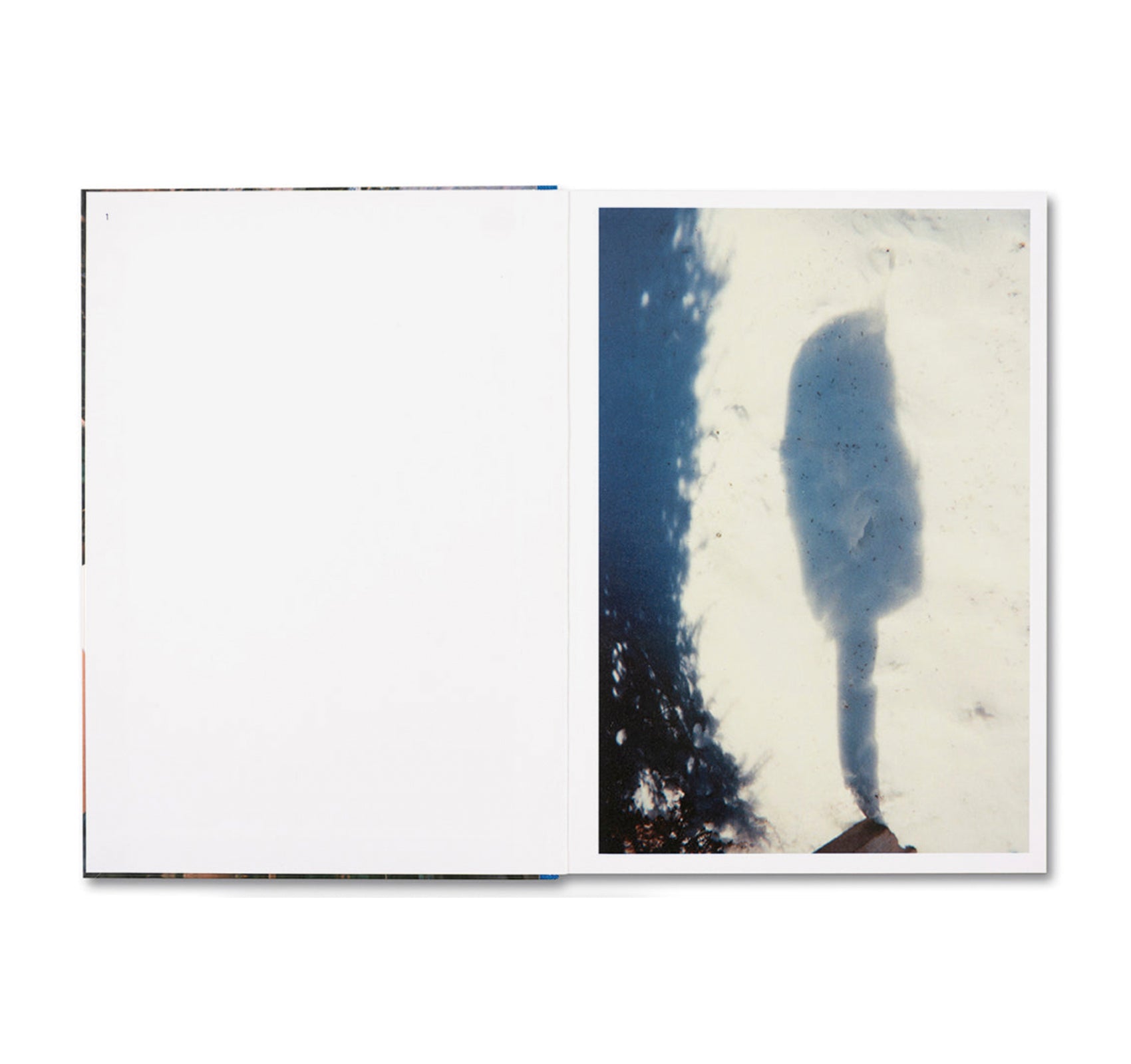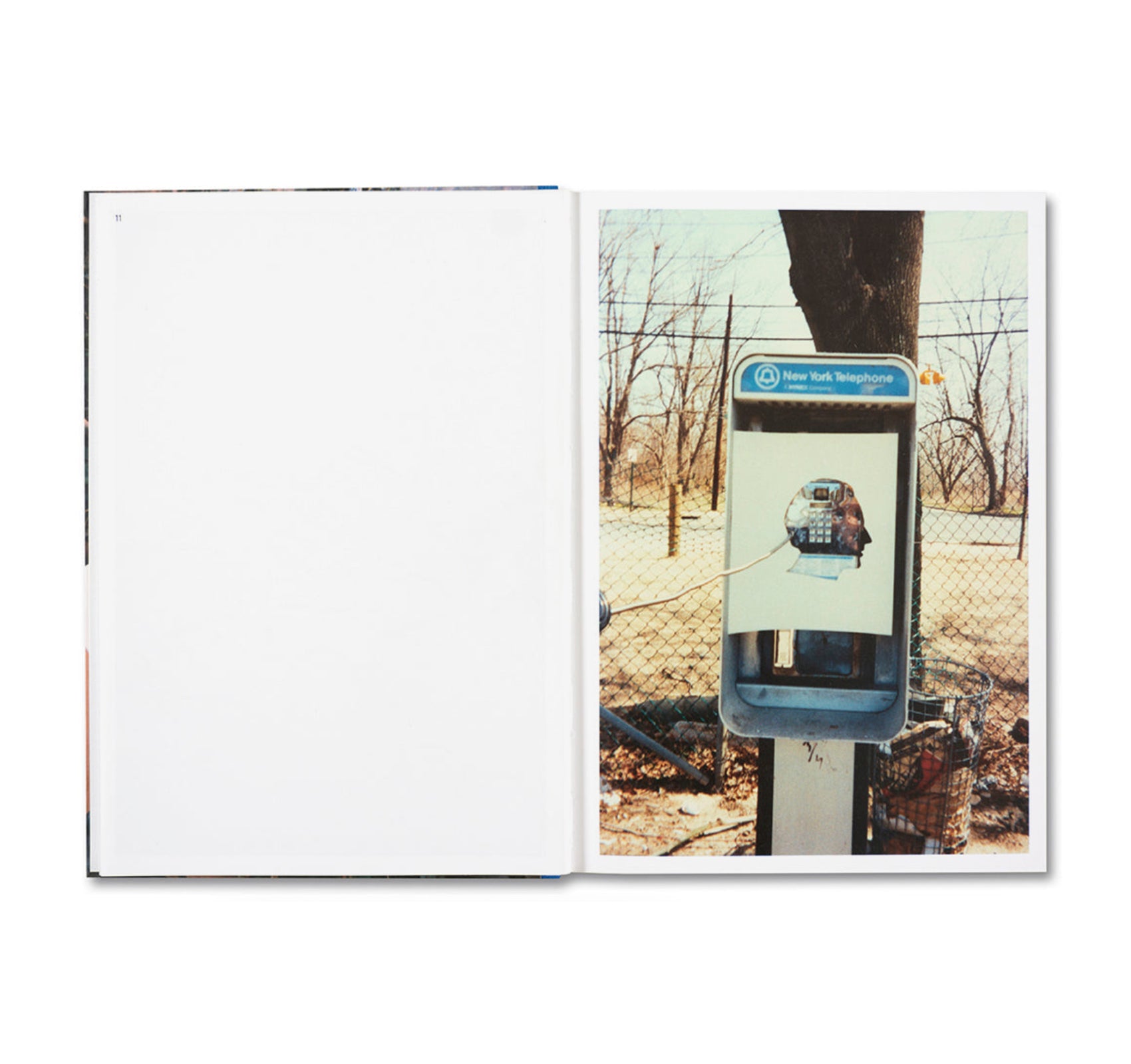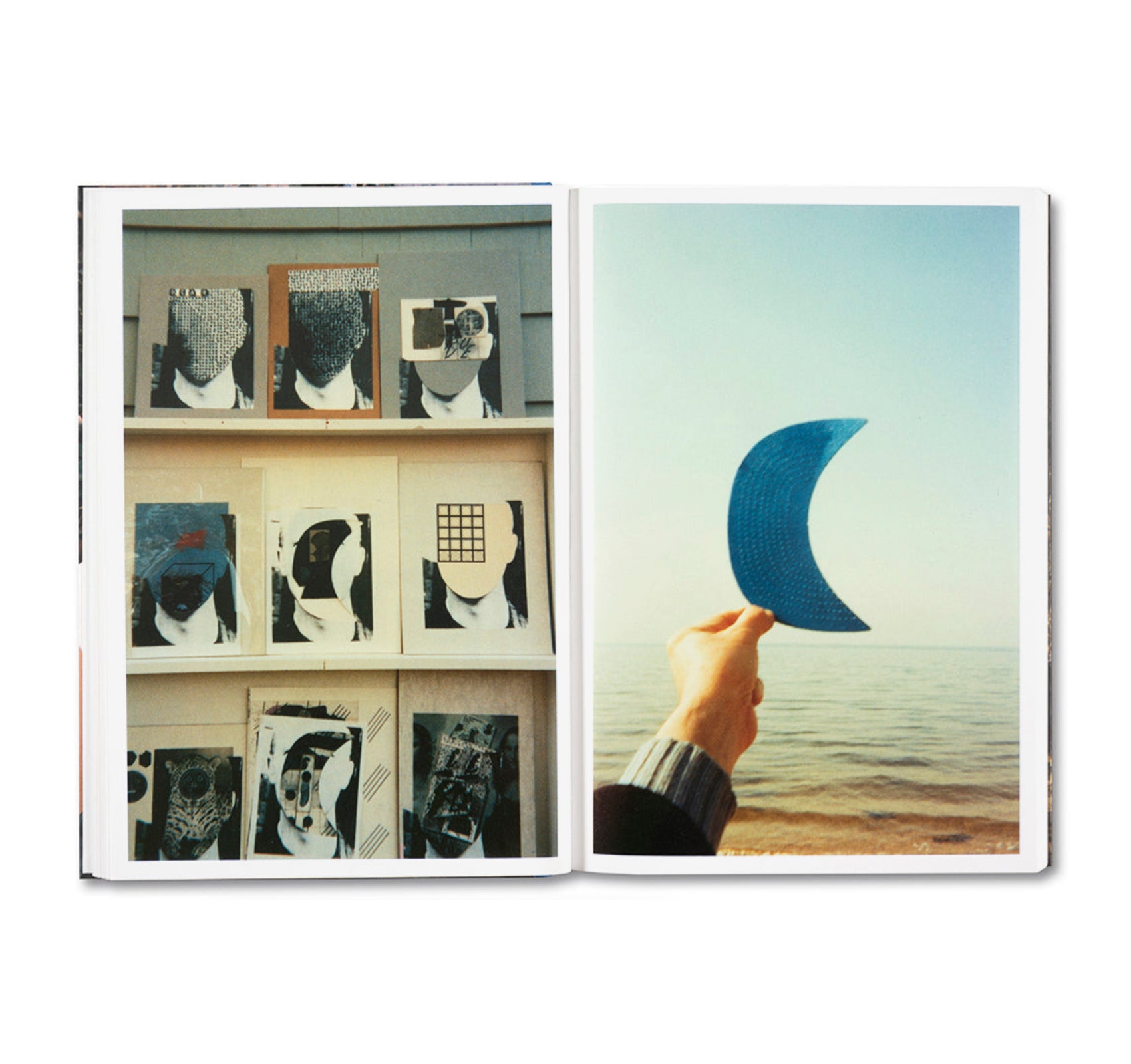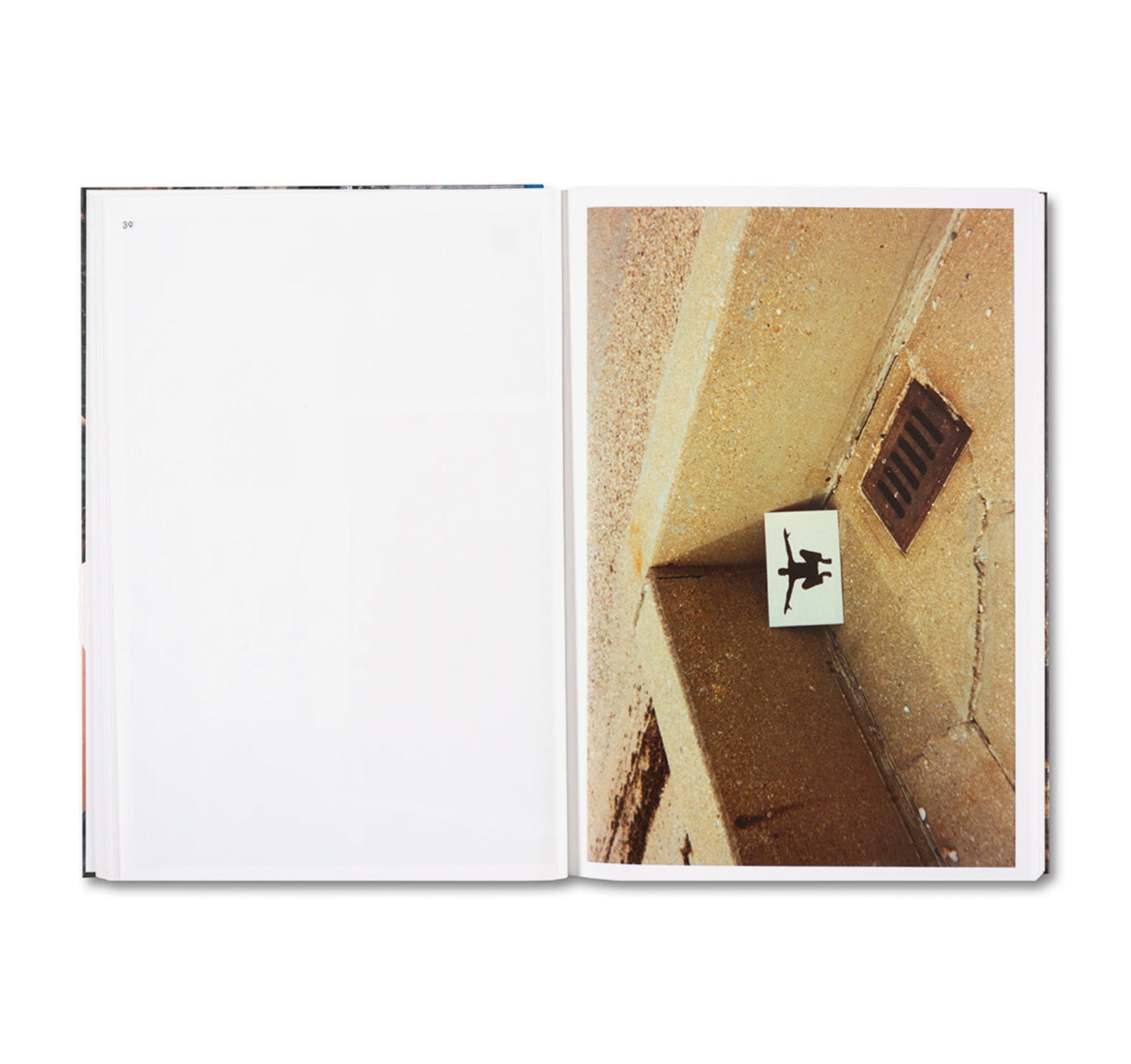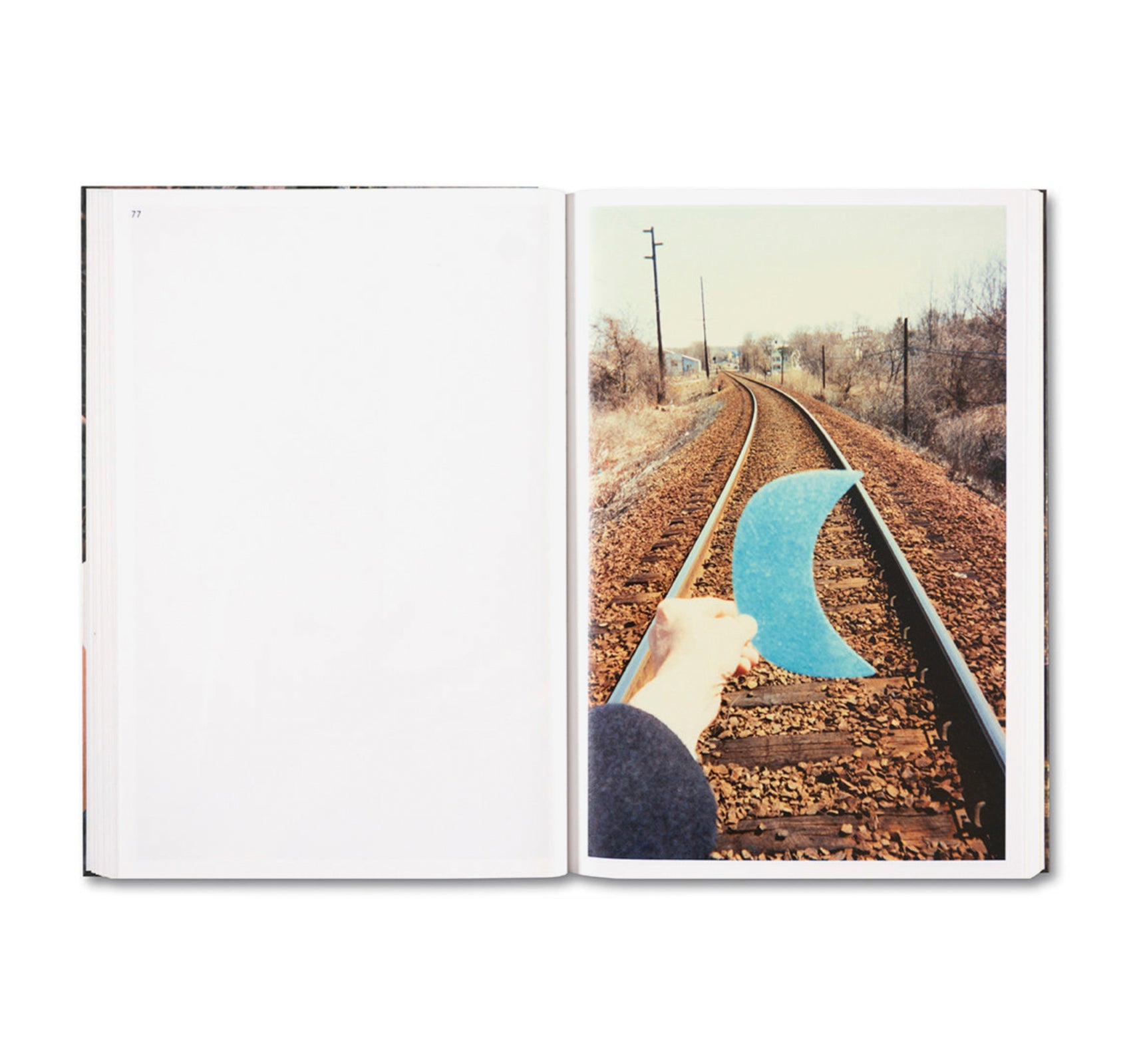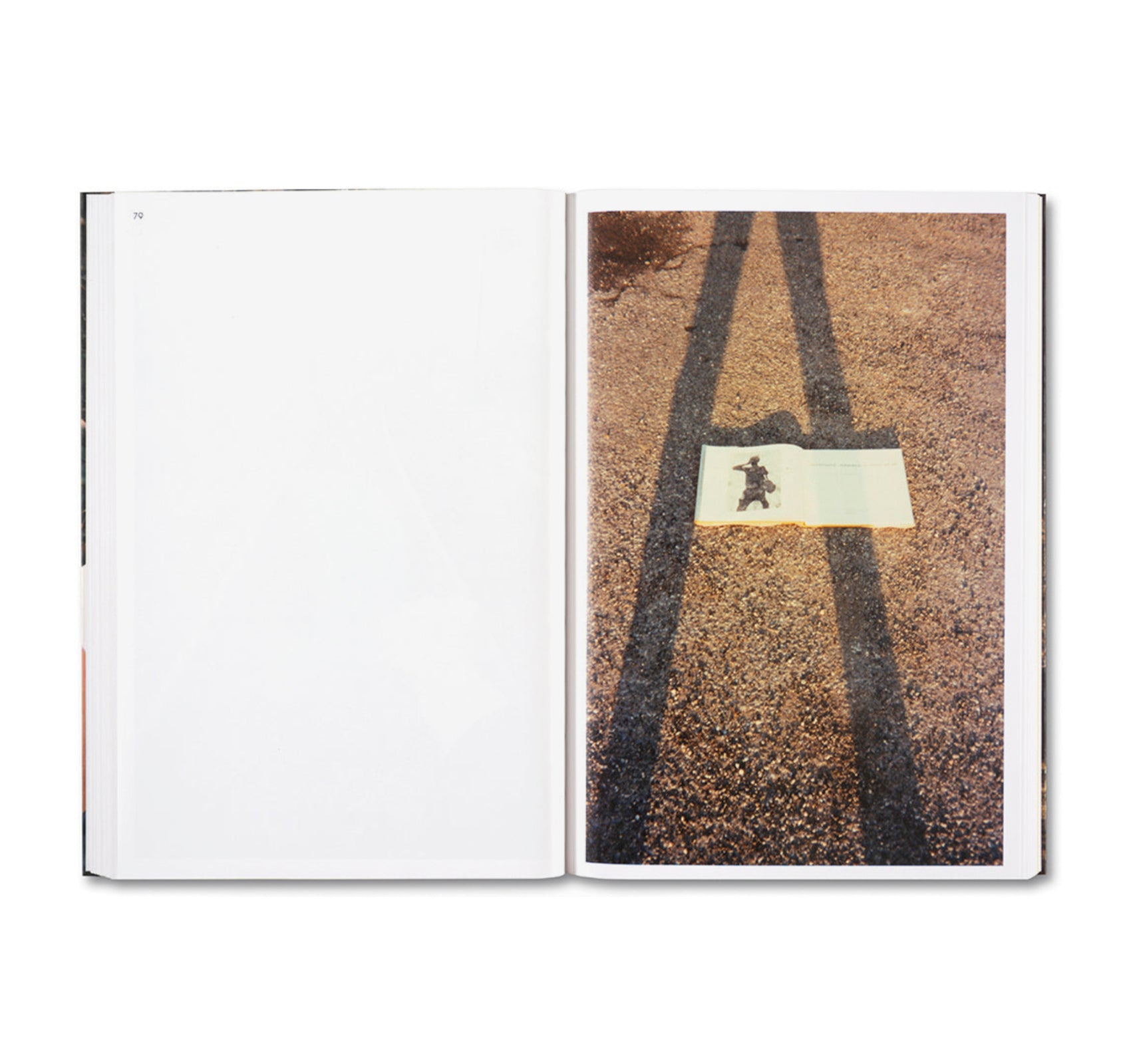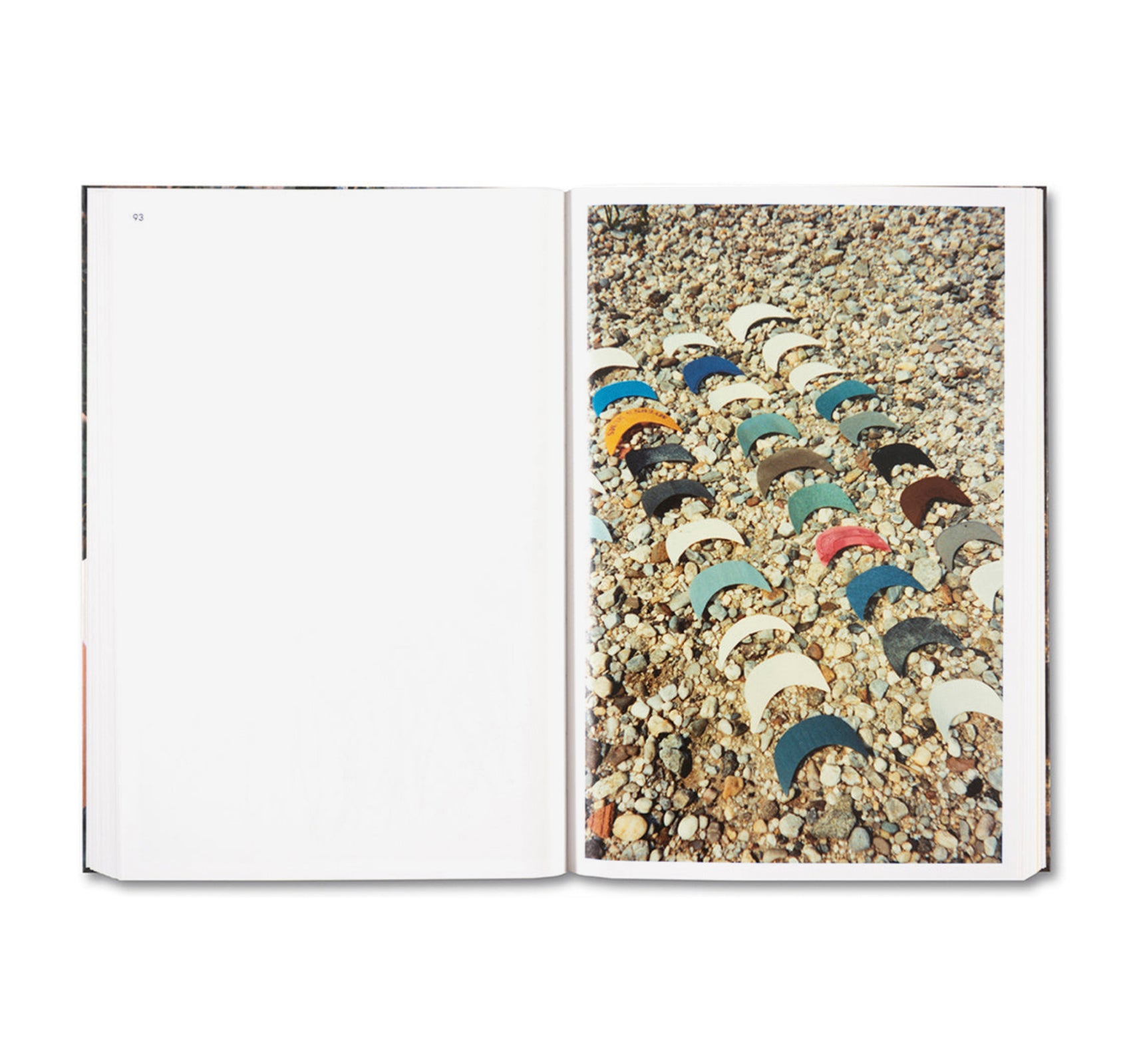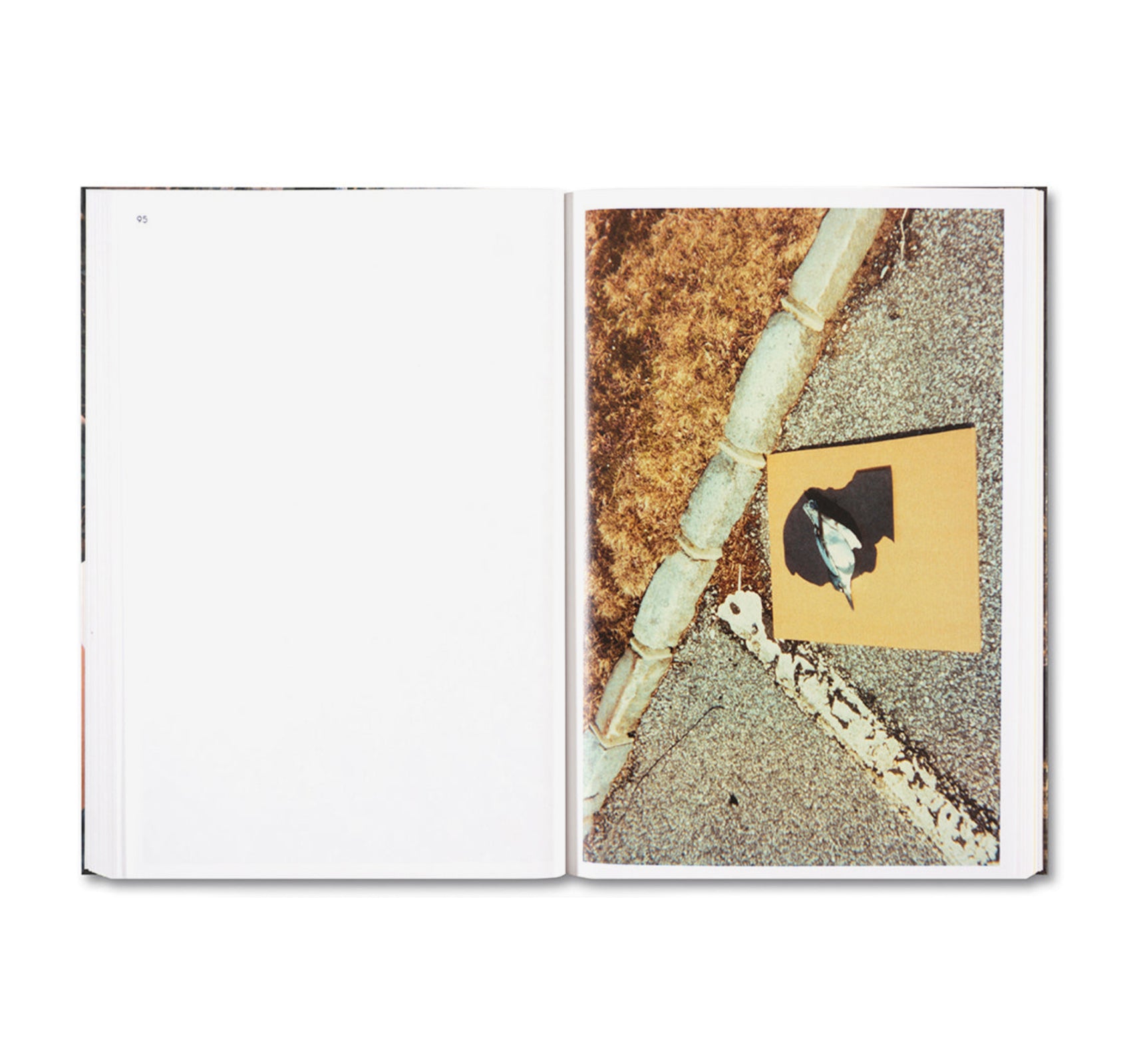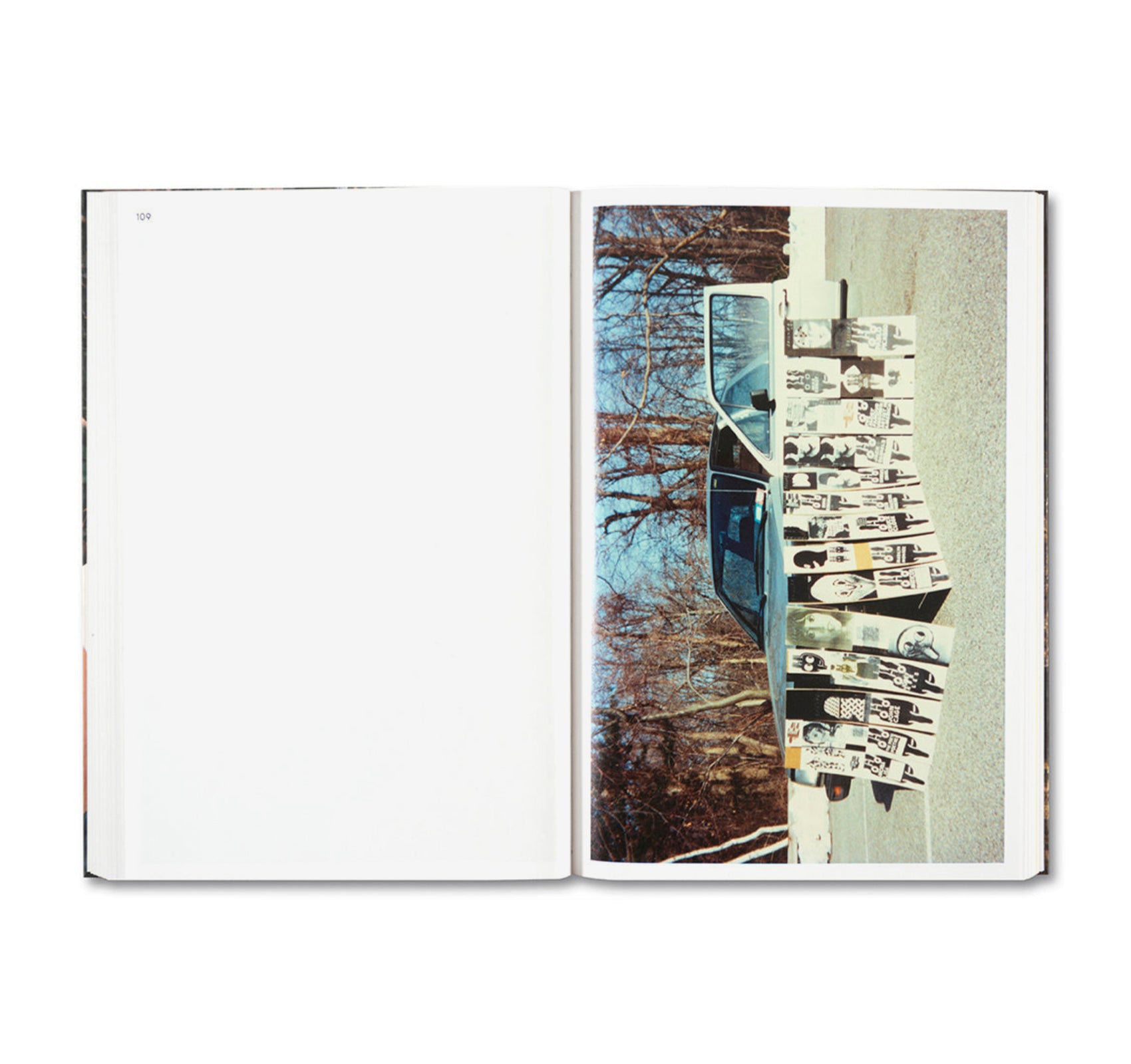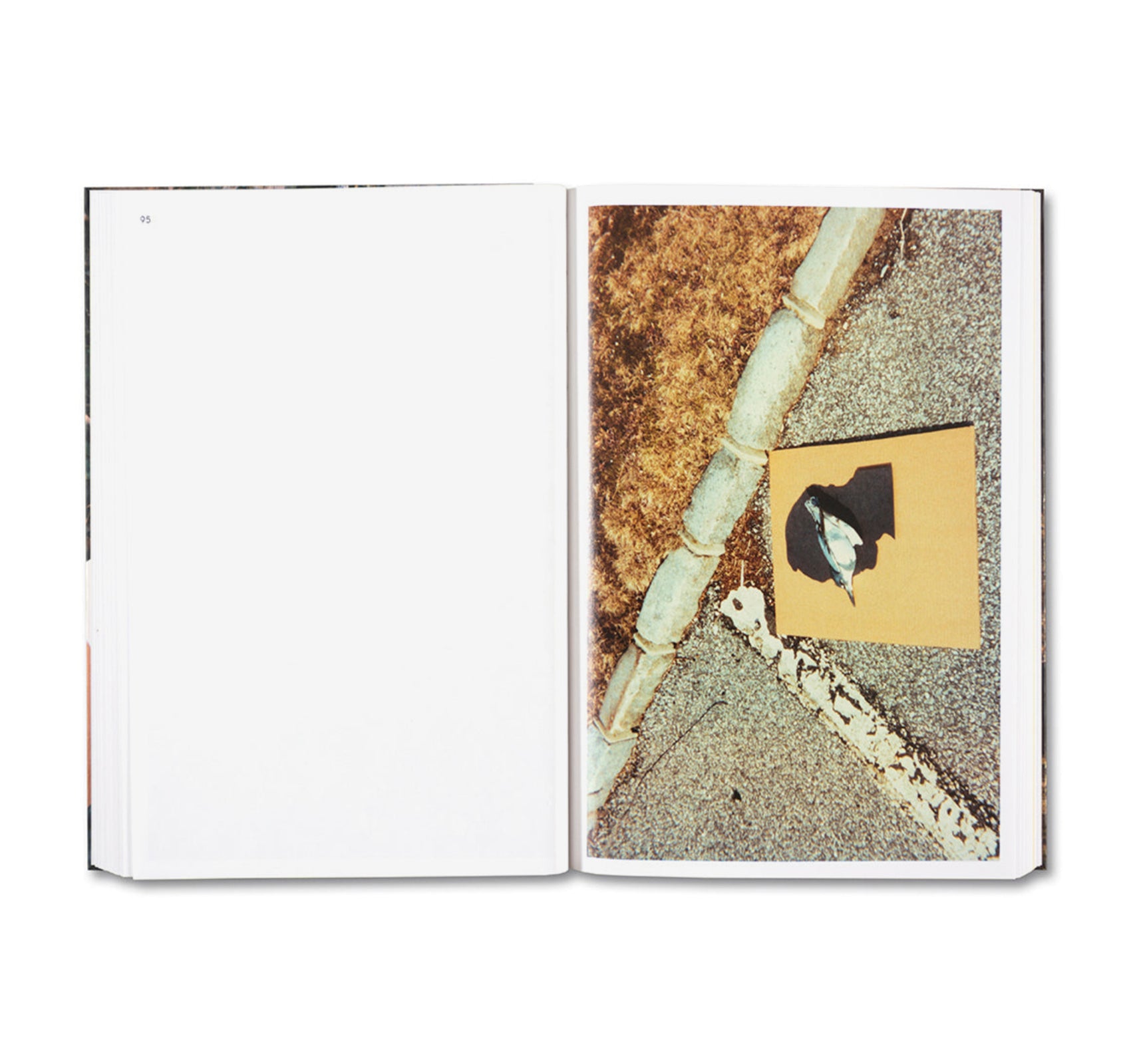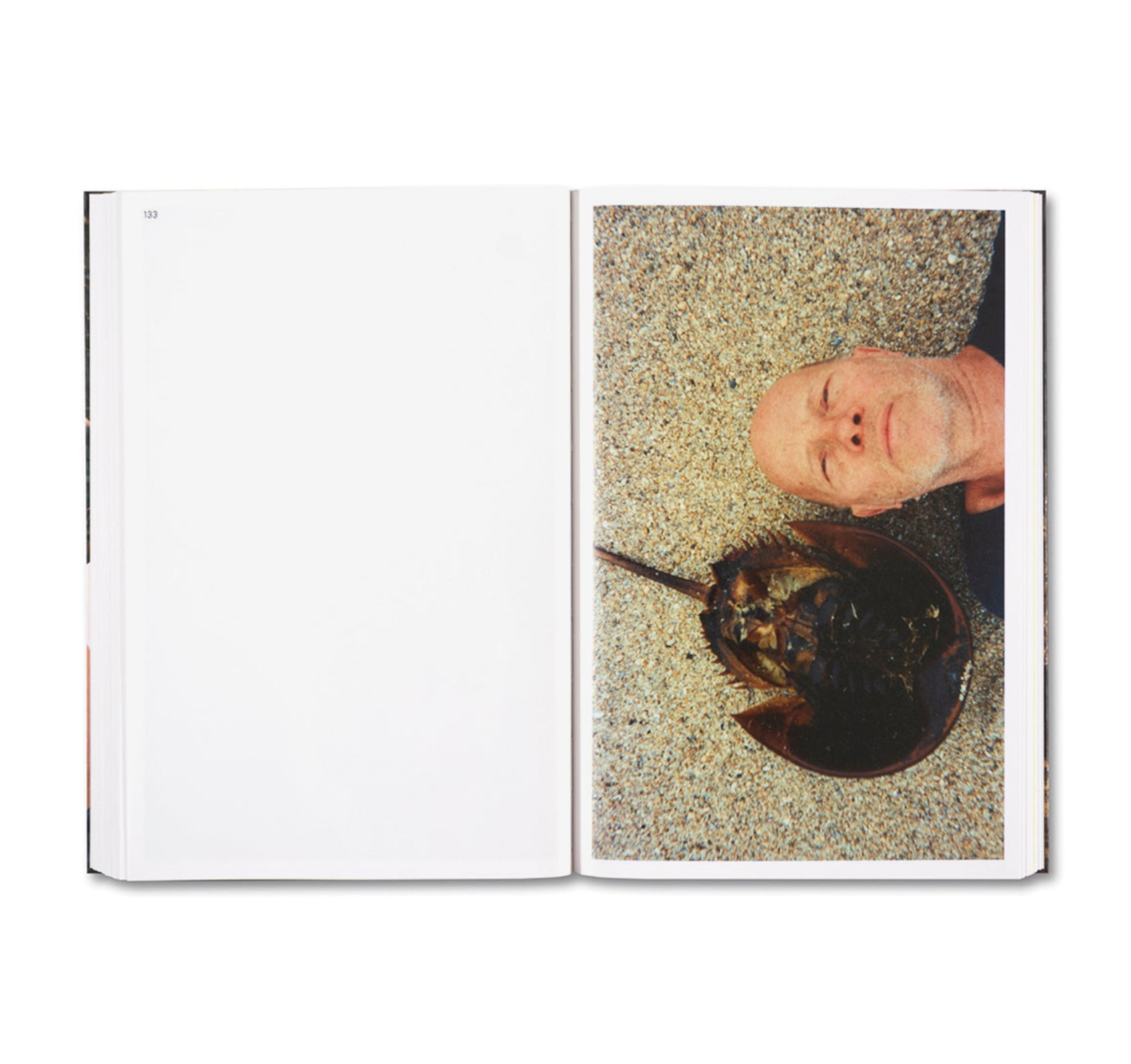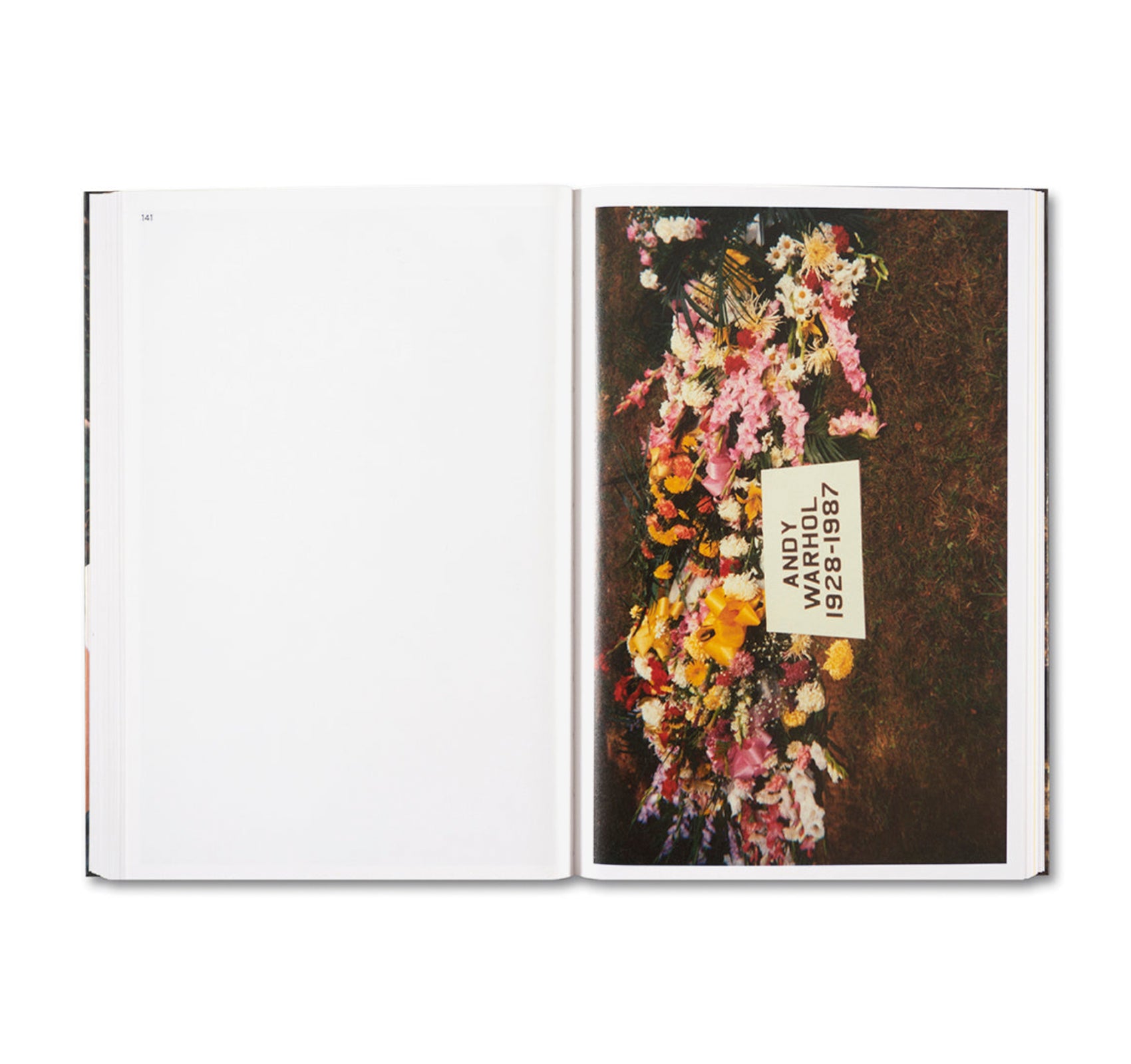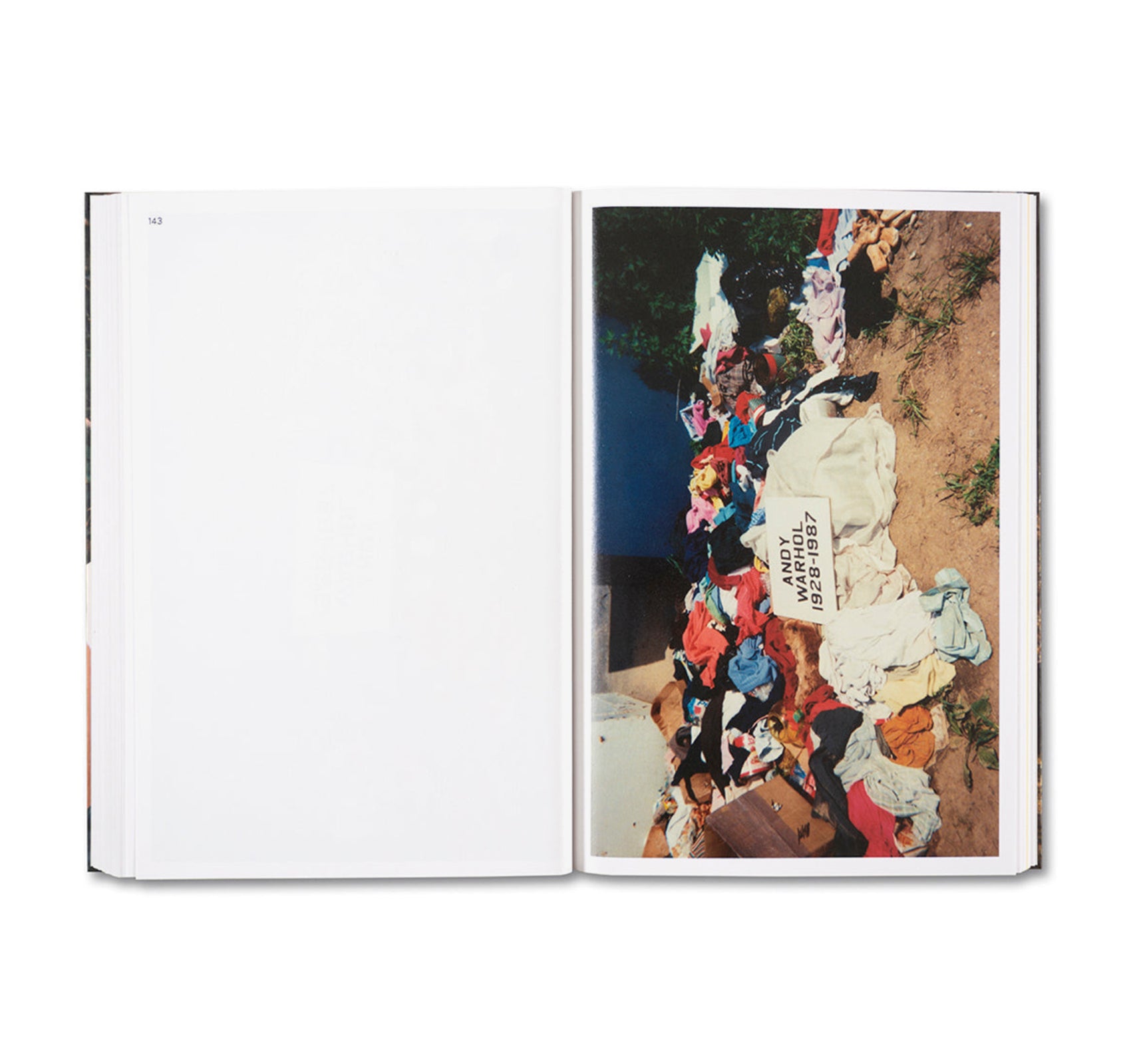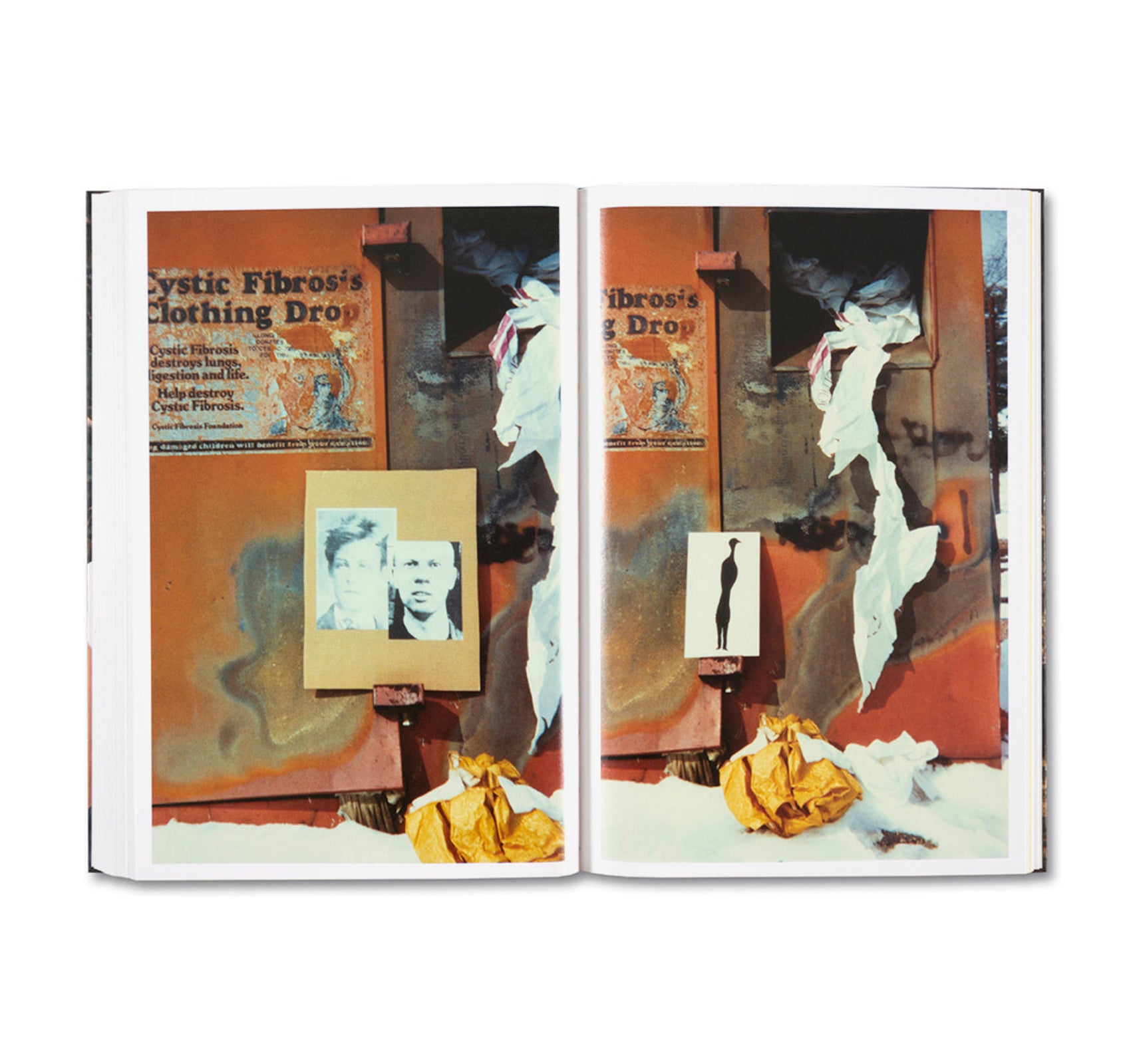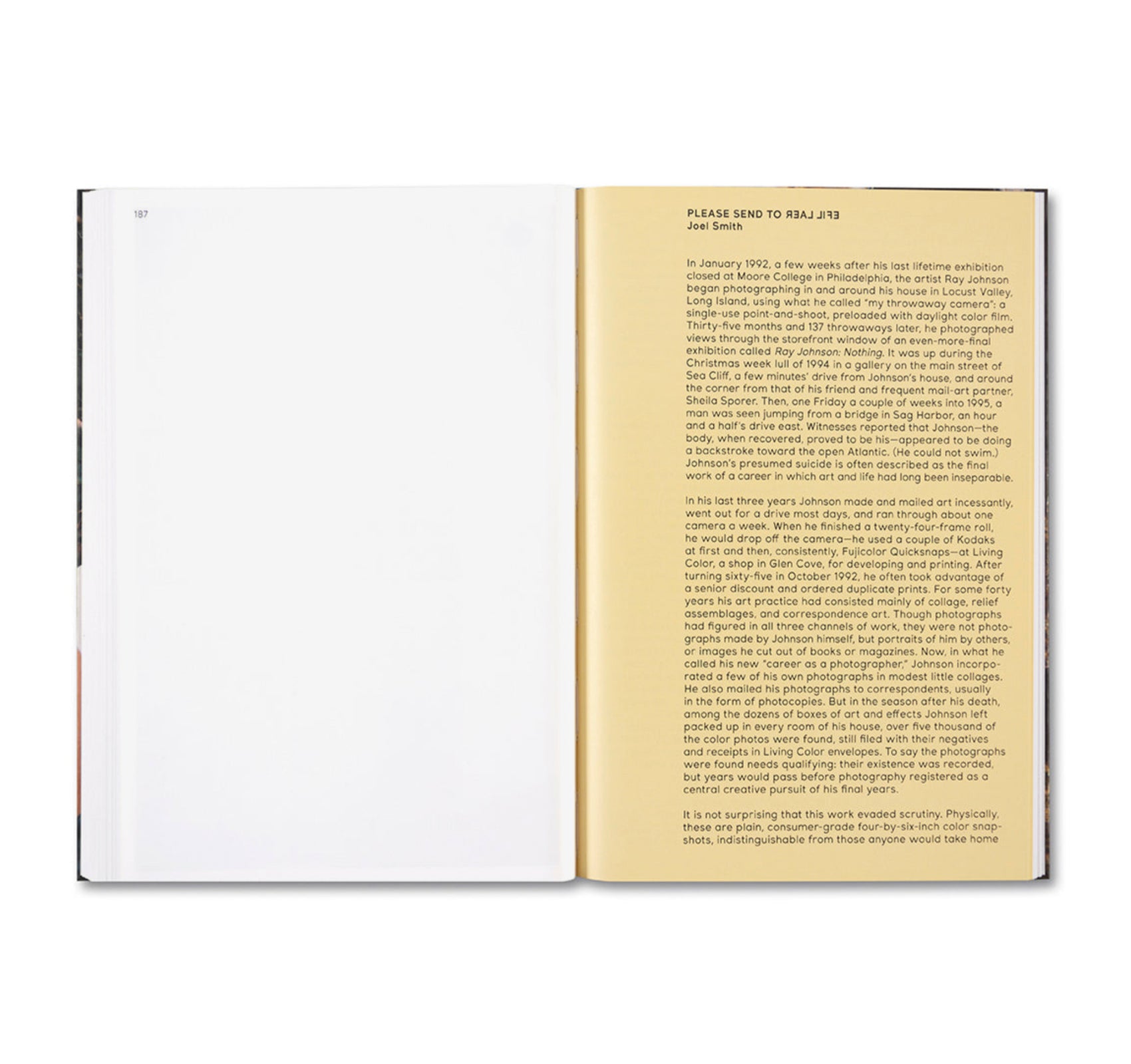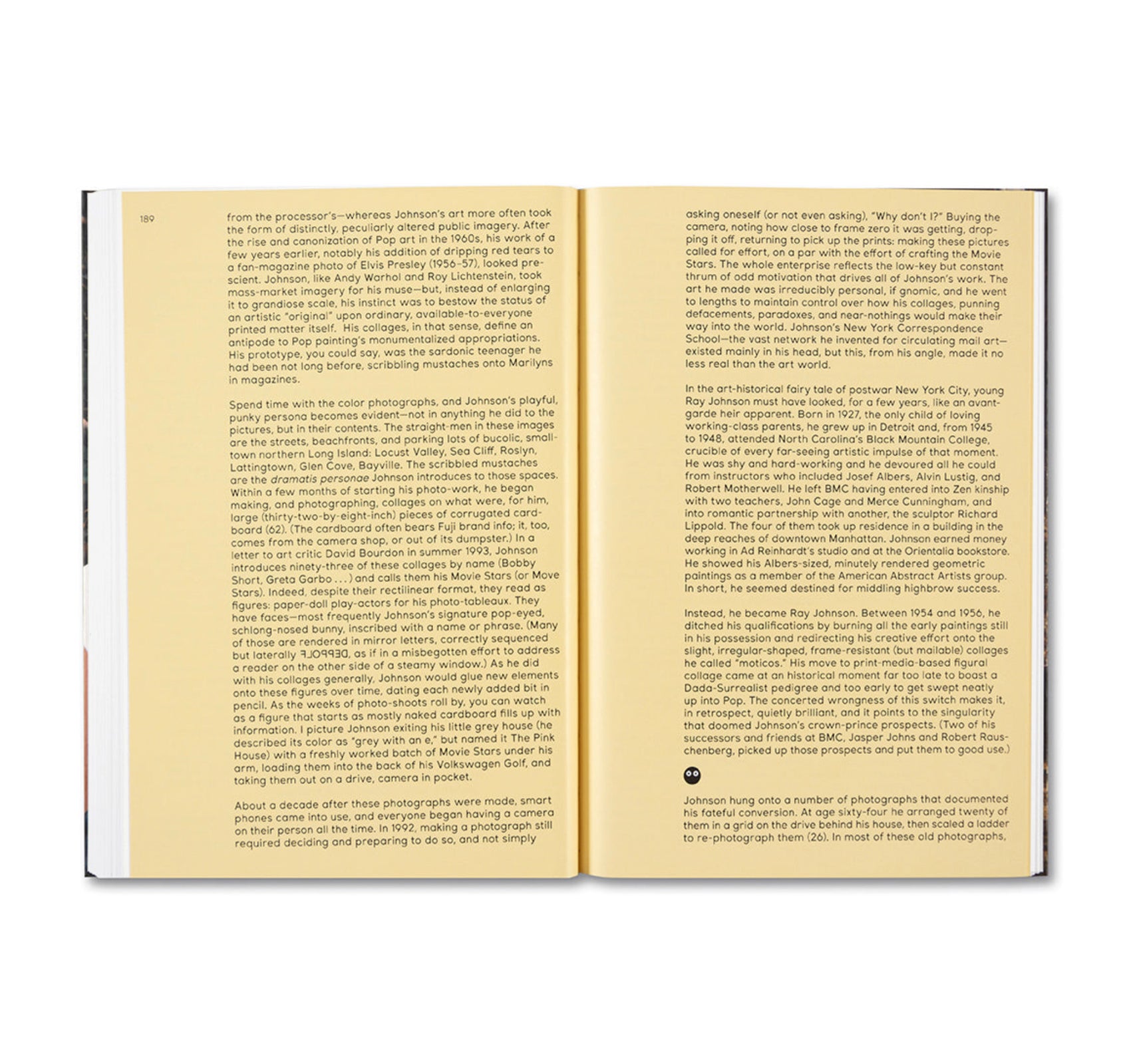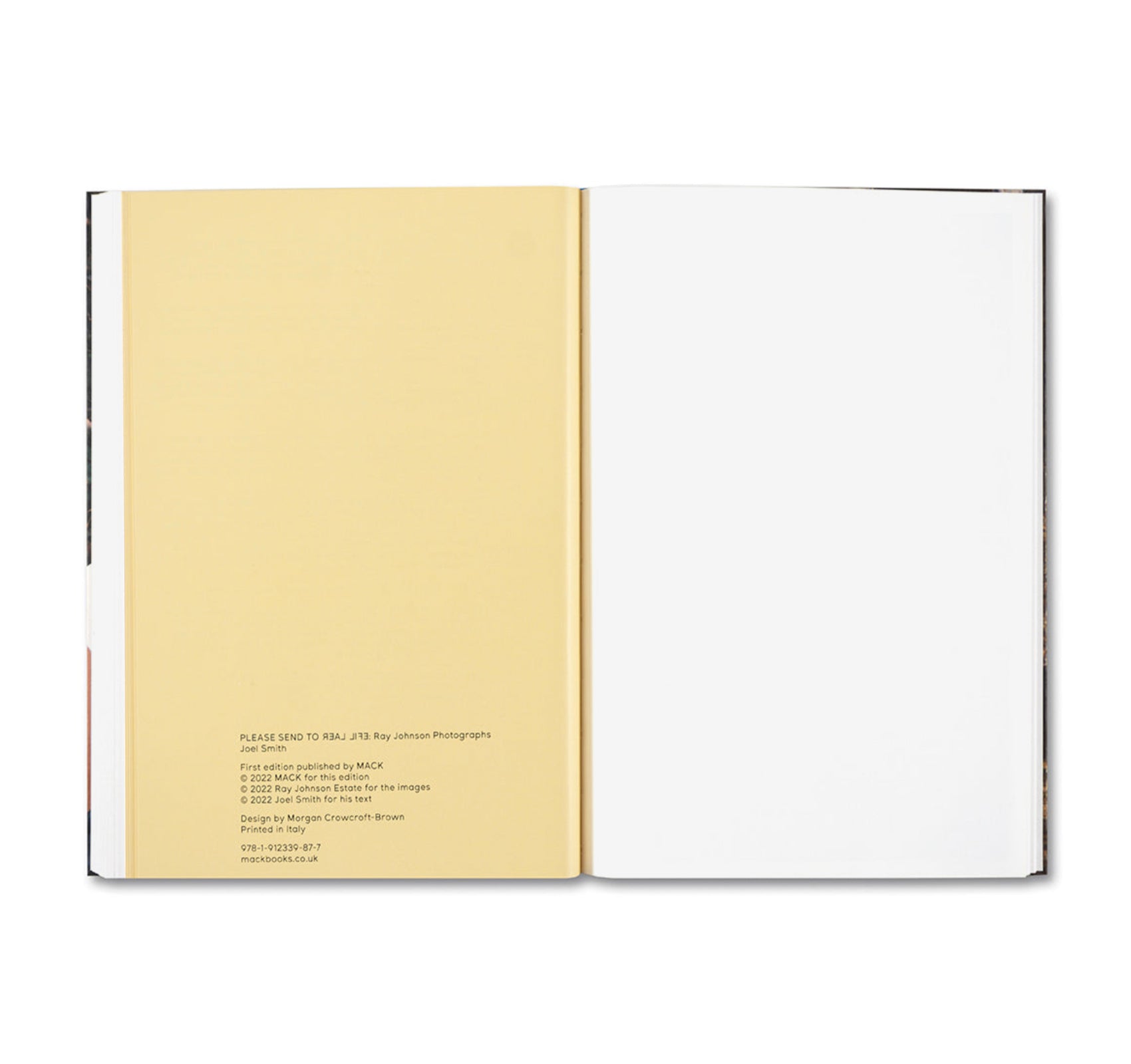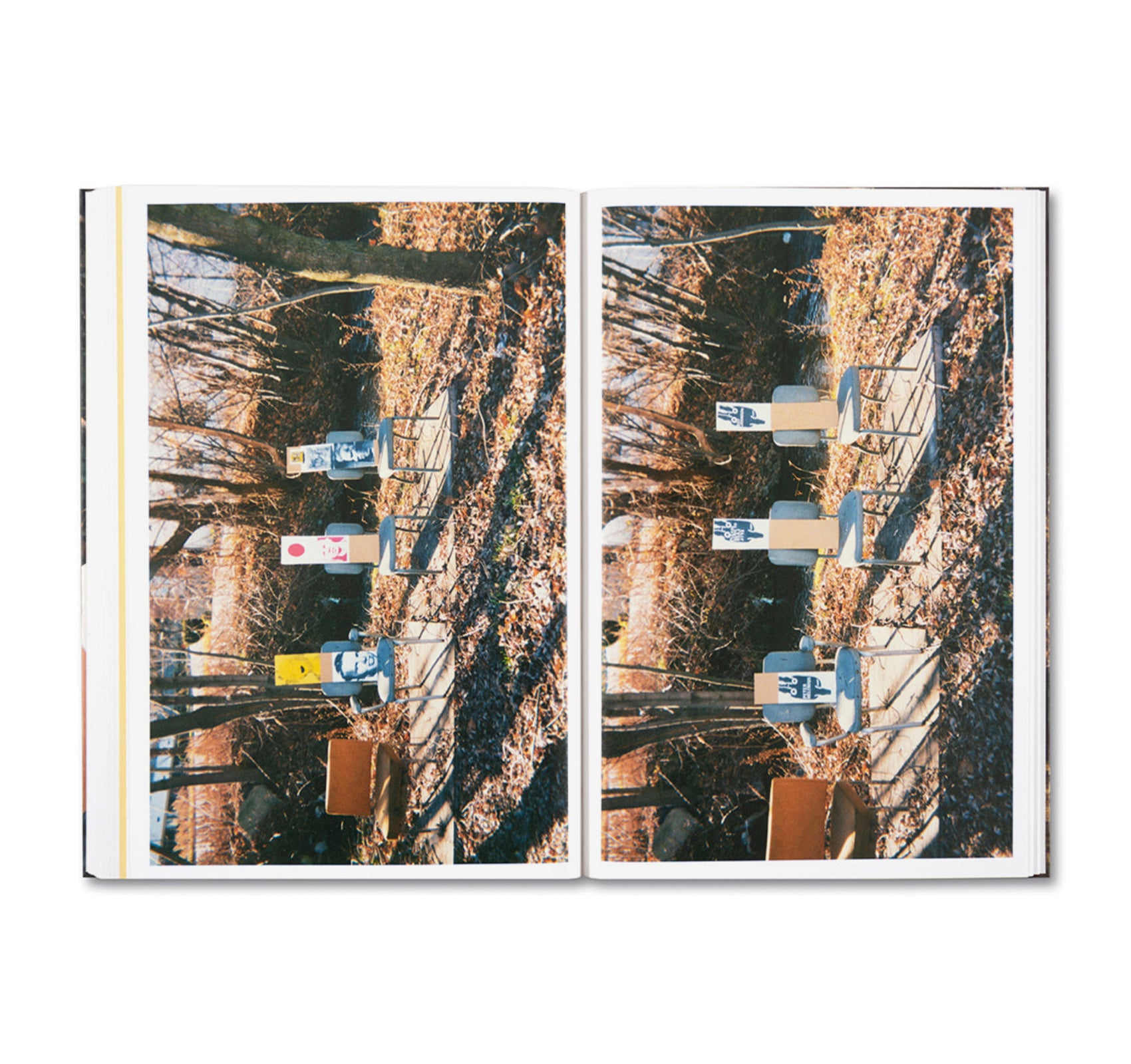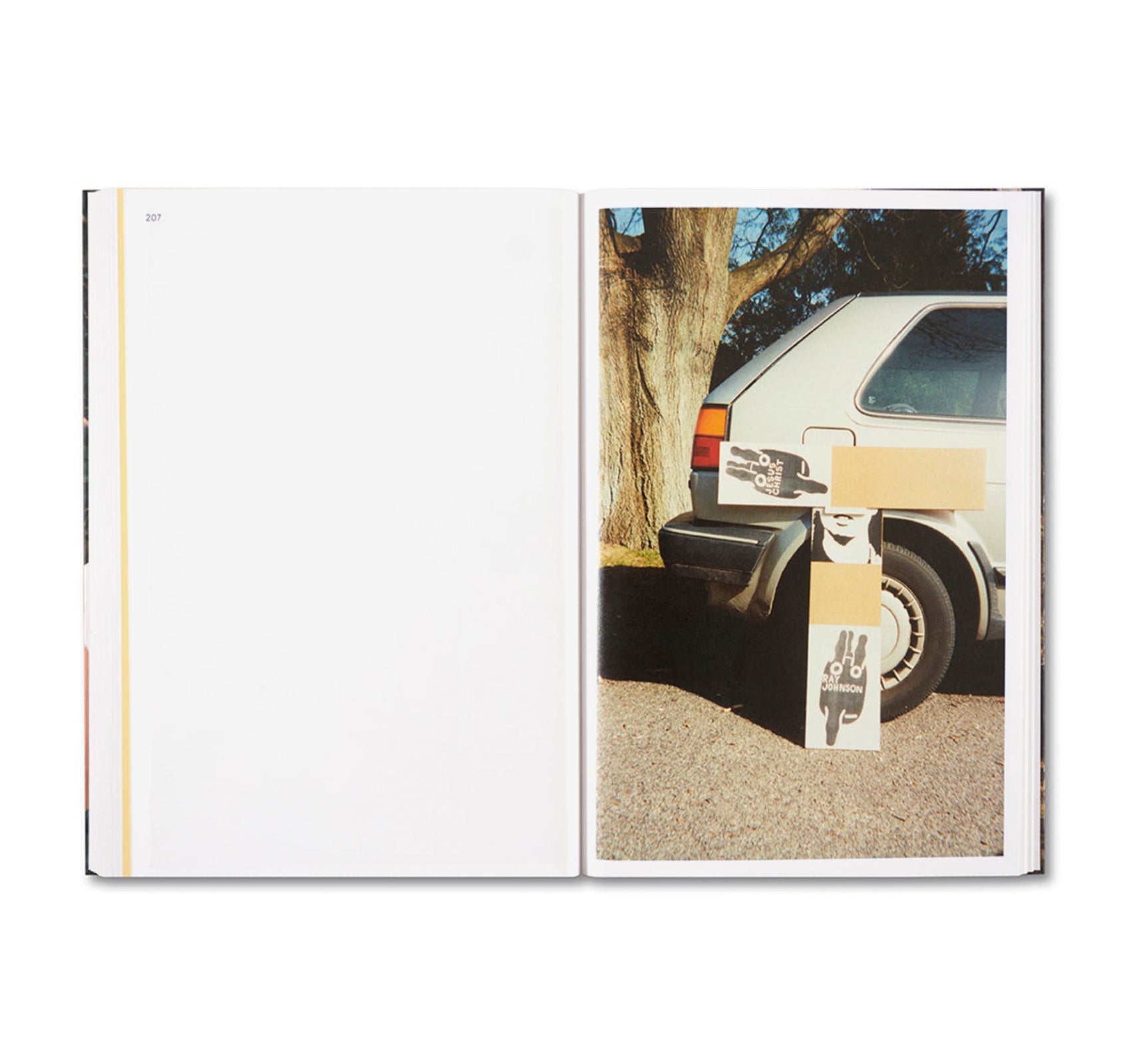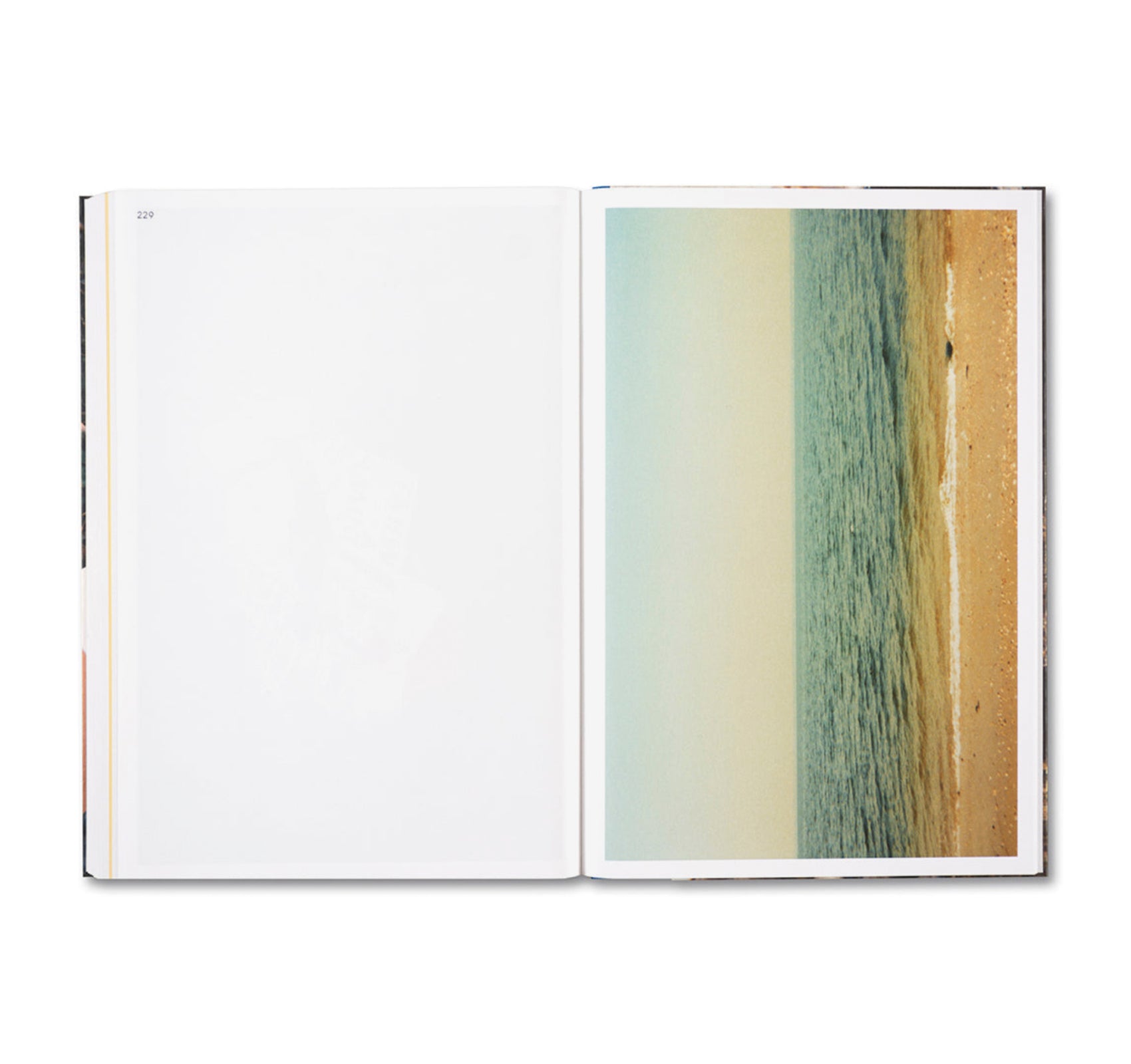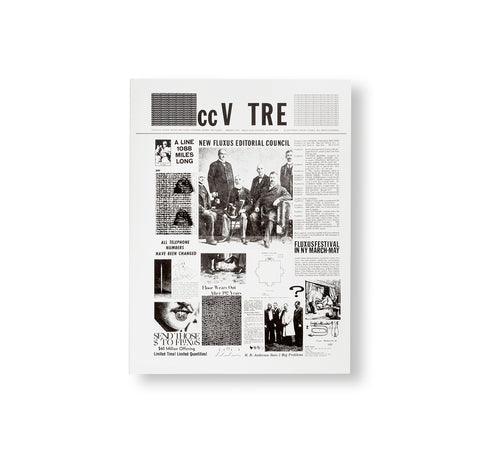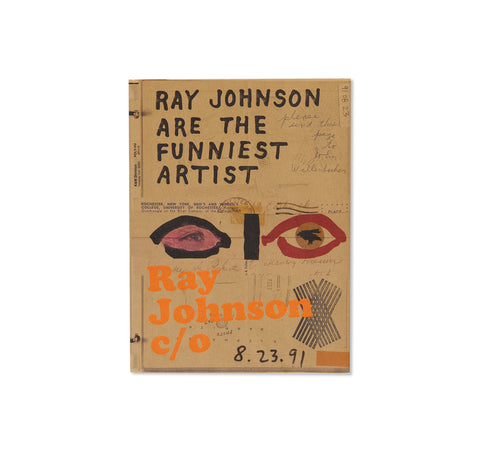PLEASE SEND TO REAL LIFE: RAY JOHNSON PHOTOGRAPHS by Ray Johnson
アメリカ人アーティスト、レイ・ジョンソン(Ray Johnson)の作品集。2022年にニューヨークの「モルガン・ライブラリー・アンド・ミュージアム(Morgan Library & Museum)」で開催された展覧会に伴い刊行された。ポップ・アートやメール・アートの先駆者として広く知られる作者は、「ニューヨークで最も有名な無名のアーティスト」と呼ばれた。緻密かつ暗示的なコラージュで知られる作者は、1991年に展示をすることをやめたものの、アウトプットは衰えることがなかった。その一つとして、作者が1992年から1994年にかけて、137個の使い捨てカメラを使用して撮影した数多くの作品群の存在が今になって明らかになった。ニューヨーク州ロングアイランドのローカスト・バレーにある自宅付近の駐車場、路上、海辺、墓地などを舞台に、作者は日常を取り入れた写真を撮影した。数カ月の間に、作者は単純化されたコラージュを作るため、新たに大型の自立した形式を考案。このようにカメラで撮影した「絵画」に対し、「映画スター(movie stars)」と呼び始めた。1995年1月13日に海で亡くなった作者は、3,000点以上の写真を含む膨大なアーカイブを遺した。作者が「写真家としての新しいキャリア」と称し、本書内で初めて公開された作品群は、40年以上にわたり絶え間なく創出を続けてきたカメラたちとのロマンスに幕を下ろしたことを示している。本展のキュレーションを担当し、本書の編集を手掛けたアメリカ人キュレーター、ジョエル・スミス(Joel Smith)が書き下ろしたエッセイも収録。
A widely connected pioneer of Pop and mail art, Ray Johnson was described as ‘New York’s most famous unknown artist.’ Best known for his dense, allusive collages, he stopped exhibiting in 1991, but his output did not diminish. Between 1992 and 1994, using 137 disposable cameras, he created a large body of work that is only now coming to light. Staging his artworks in settings near his home in Locust Valley, Long Island — parking lots, sidewalks, beaches, cemeteries — Johnson made photographs that make the world of everyday ‘real life’ a part of his art. Within a few months, he devised a large new freestanding format for the simplified collages he began calling the ‘movie stars’ of his camera tableaux. When he swam to his death at sea on 13 January 1995, Johnson left behind a vast archive that included over three thousand of the late photographs. What he called his ‘new career as a photographer,’ which makes its debut in print here, marked the close of a romance with the camera that had spanned four decades of relentless invention.

